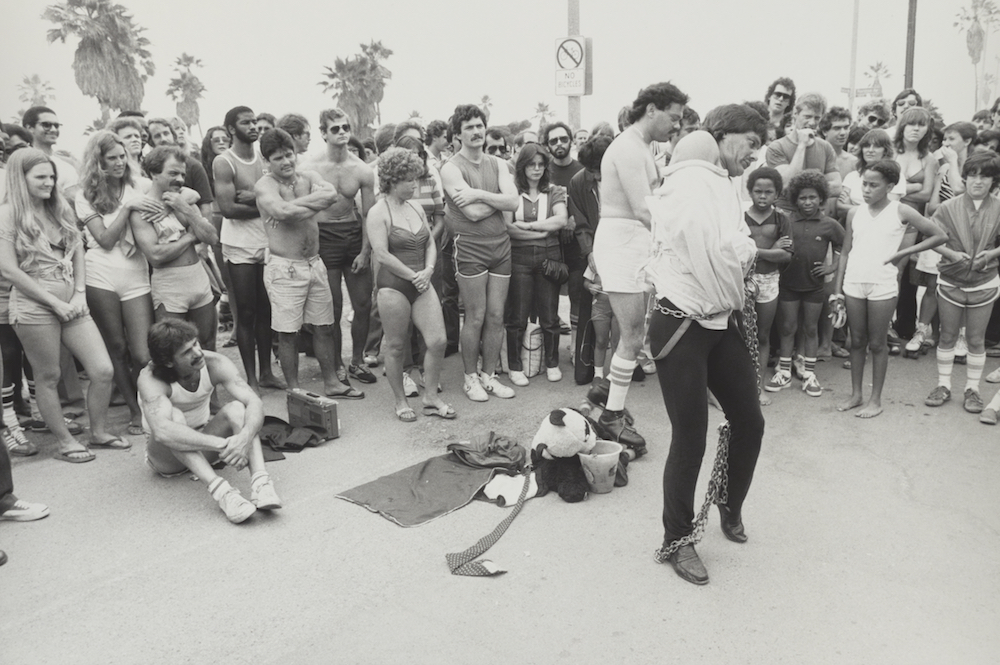Writer Geoff Dyer reflects on the prolific genius of America’s foremost street photographer

Garry Winogrand had found it relatively easy to break free of the established idea of what constituted pictorial decorum. He achieved his own photographic style early on, with a minimum amount of agonising and fretting, through the simple expedient of going out and photographing a lot. People who at first were resistant or sceptical came to understand and appreciate what he was doing. They gathered round to see his work, came to admire the way he would not be confined by earlier paradigms of picture-ness.
“It’s all a question of how much freedom [you] can stand,” he once said, confident that his own appetite for freedom was so immense that any kind of shackle served as a stimulant and incentive as well as a restraint. But then he came to suspect that it was possible to become imprisoned by the idea of freedom he had established. Liberty in itself inevitably grew constricting. What to do? Set himself new challenges? Find new ways of wriggling out of a way of working which had itself become routine?
Like many of the sights recorded in Public Relations – the series Winogrand began after he was awarded a Guggenheim Fellowship to photograph ‘the effect of media on events’ in 1969, and published as a book in 1977 – the image here is of a performance or enactment, a photograph of something intended to be seen, to attract a crowd. The onlookers look on in the style of rapt boredom or disinterested fascination that street performances tend to generate. They know the escape artist is meant to be able to free himself but to really get their money’s worth – so what if it’s free? – they’ll have to see him fail. Ideally, he’ll still be there struggling, caught in his self-imposed bind, when they’ve wandered off to see something or someone else.
For photographer Thomas Roma, Winogrand, at this late stage of his life, was involved in the dangerously radical enterprise of “allowing himself to fail constantly”. Like John Coltrane, Winogrand fell sick, became terminally ill, before he was able to see if this enterprise might itself yield a breakthrough, a breakout.
The cuddly panda, head propped on the money bucket as though slurping water from it, is a symbolic escapee from the pictures Winogrand made at zoos (published in his book The Animals), when he succeeded over and over again.
Geoff Dyer’s book The Street Philosophy of Garry Winogrand is out now from University of Texas Press